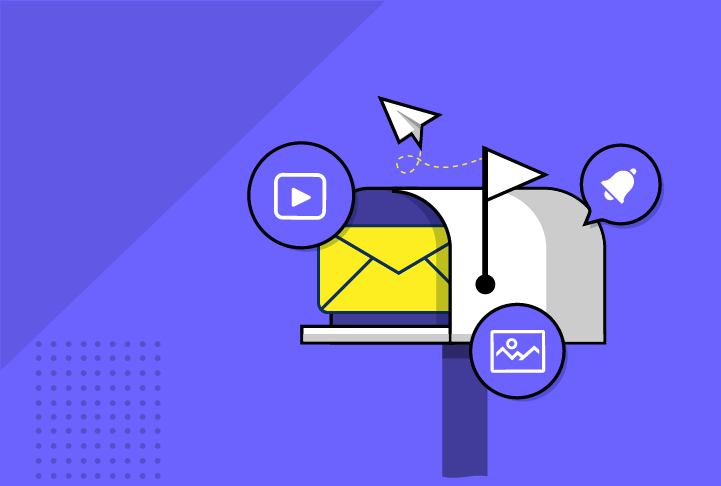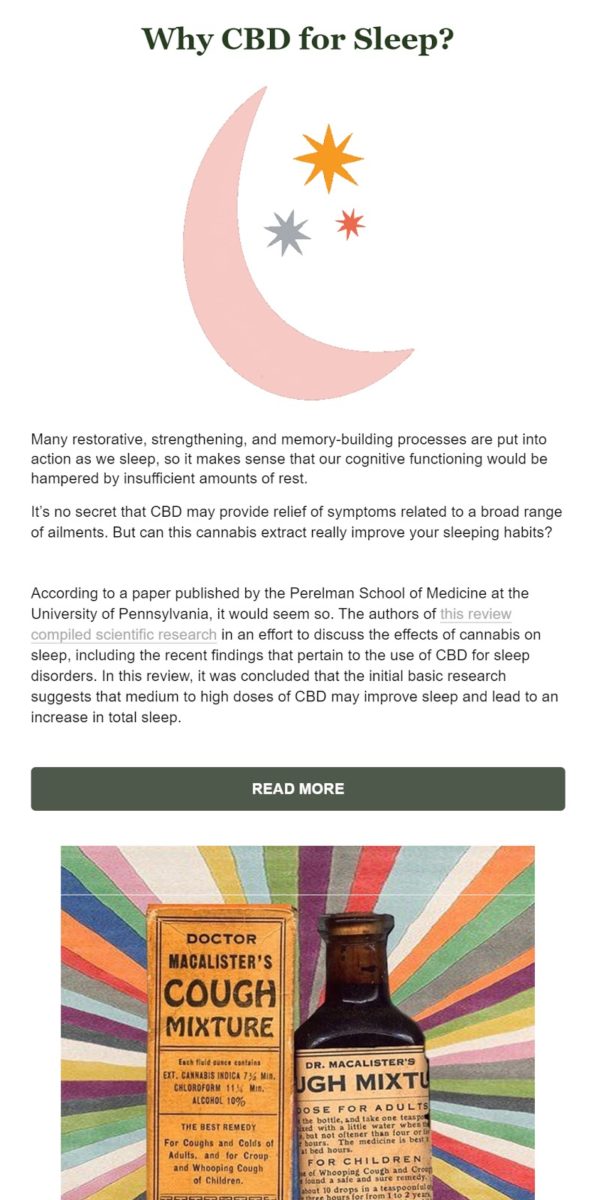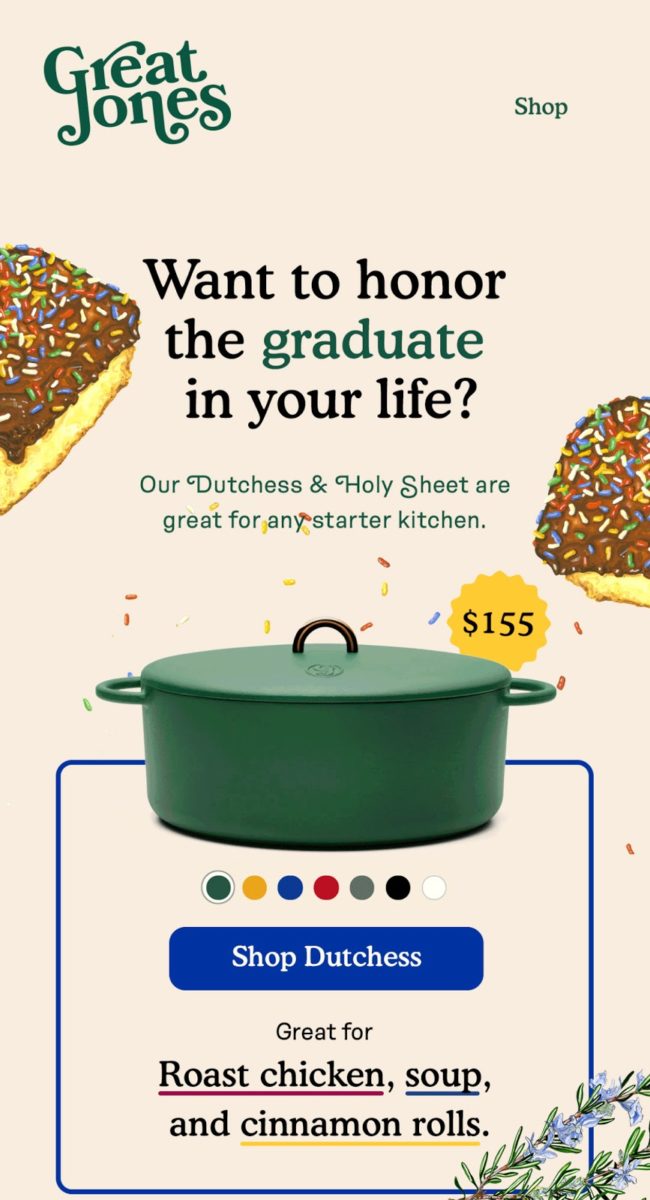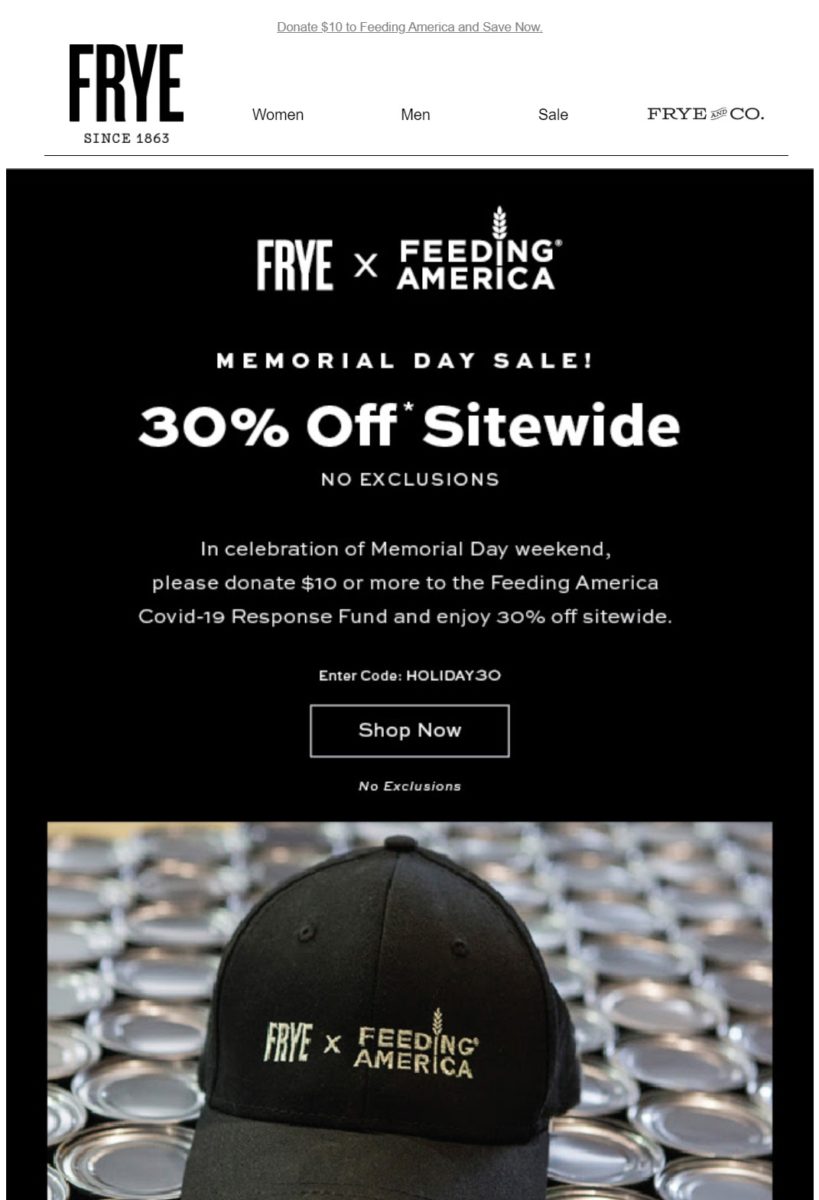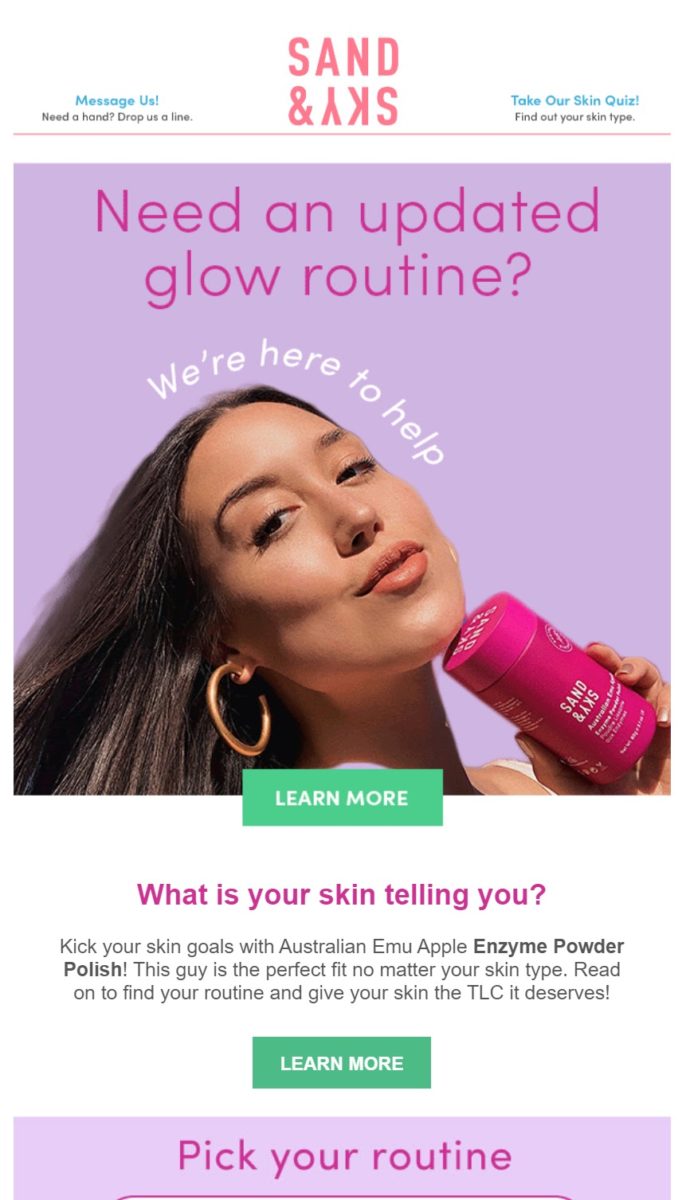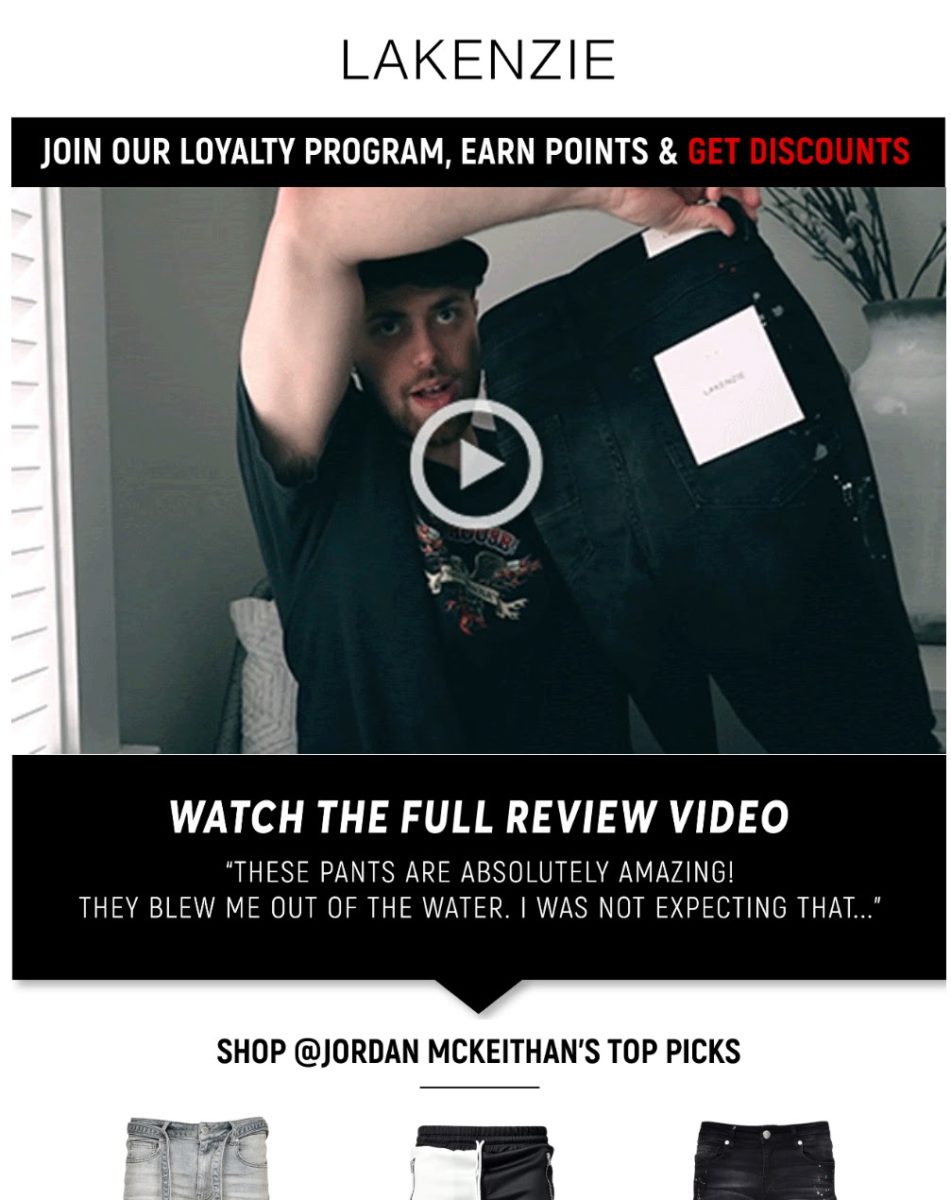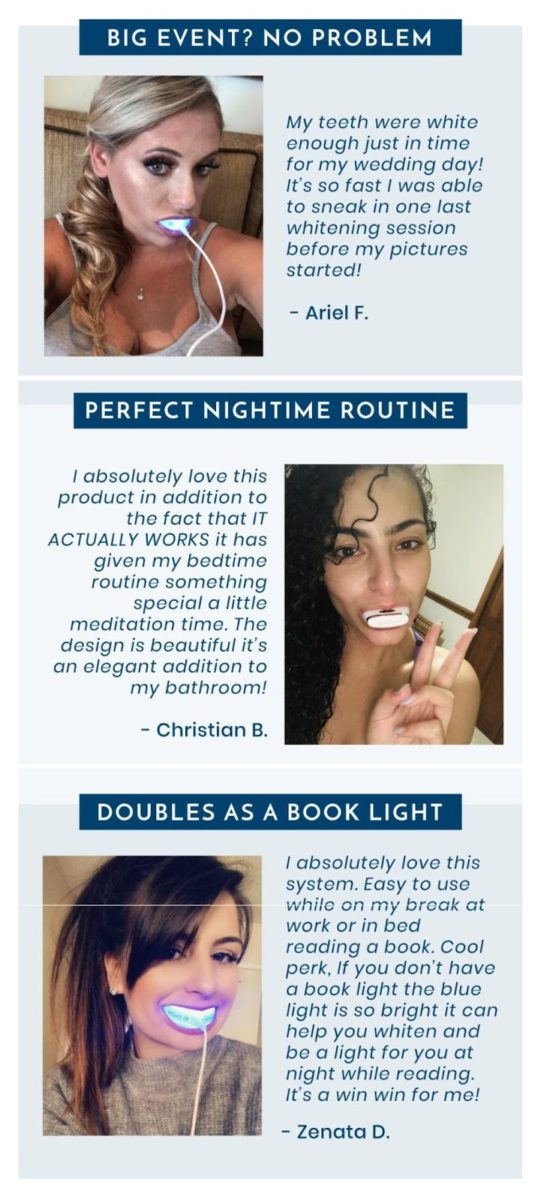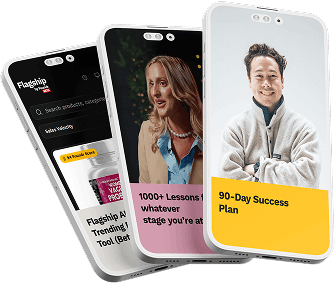With all the uncertainty in business during the pandemic, and volatile economic factors that we’re all having to “react to,” wouldn’t it be great if there were a way to steadily grow your email revenue on autopilot, without lifting a finger?
Just think of all the other things you could be doing instead of fighting for sales—working “on” your business instead of “in” your business. Creating new content. Testing new marketing channels. Upskilling with an online course. Inventing a new SKU to expand your product line. Or, maybe just kicking back and enjoying a Zoom call with your loved ones.
Imagine if you could set up a few automated email triggers, and they would just work, and convert—growing your sales output, without needing any more input.
Chase Dimond happens to be a specialist in this type of set-it-and-forget-it marketing, specifically when it comes to email automation for ecommerce brands.
According to Chase Dimond, the best types of emails are the ones that “work for you on your behalf while you’re doing other things.” His email marketing agency, Boundless Labs, has a knack for creating these kinds of high-converting automated email flows, and his work has generated over $35 million in email-attributed revenue for two-dozen ecommerce brands.
A self-proclaimed “massive email marketing nerd” and lover of all things Klaviyo, Dimond sat down with Foundr’s CEO Nathan Chan for an inspiring discussion about what brands can be doing during this challenging time.
In the interview, Dimond shares a wealth of example emails from his clients’ brands to show what they’re doing well to navigate the crisis and come out on top. We’ve summarized them below.
Email Campaign vs. Email Flow
First off, it’s important to note the difference between an email “campaign” and an email “flow.”
An Email Campaign is a “broadcast” that you send out as a one-off, for example a Mother’s Day email blast, or a timely coupon based on a specific holiday. You predetermine the content and schedule it into your marketing calendar manually.
An Email “Flow” or Email Automation is based on an action that your user takes, and is triggered automatically. Behaviors that trigger Email Flows could be anything from abandoning the shopping cart, subscribing to your email list, or even going a certain amount of time without interacting or purchasing. Once you set up automated email flows, they will work on autopilot and bring in incremental revenue while you sleep, and while you work on other things in your business.
Campaign or Flow: Which one do you begin with if you’re just getting started with email marketing?
Dimond recommends splitting your time between testing both types of emails (Campaigns and Flows). The benefit of Flows is that they’re automated and work on your behalf while you’re doing other things. They’re the closest thing to “set it and forget it” in email marketing.
While observing the results of your automated email Flows, you can layer in one Campaign or blast per week, which Dimond recommends as a good goal when you’re just starting out with email marketing.
Be Real With Your Audience
One way for brands to navigate such a tumultuous time, regardless of what type of email you’re sending, is to let your audience know that you understand their situation. This could come in the form of a helpful tone that leads into a special offer, for example: “We know what you’re going through, and times are tough. Here’s free shipping on your next purchase, as a small thank-you for being part of our community.”
Be helpful. Educate them. Show support and empathy. Maybe even inject a little humor (if this fits your brand) to lighten the mood during this difficult time.
This is where authentic copywriting comes into play. You already know your audience deeply—speak to them as if you were in the same room, and let that personal tone shine through in your emails.
On the flipside, now that we’ve gotten through the worst of the pandemic and everyone was already bombarded with Covid-19 messages, Dimond points out that it’s actually fine to just not mention it anymore, and to simply continue serving your customer.
“Unless there’s a negative impact on fulfillment” with your online store that’s directly caused by the pandemic or subsequent supply chain complications, Dimond recommends to his brands that they avoid Covid-specific language, beyond the initial acknowledgement.
The “Covid Lifestyle” – Ecommerce Brands Are Winning
Dimond comments that he feels fortunate to be in the ecommerce space with all online brands who are doing just as well—if not better—than they were pre-pandemic. A lot of this is thanks to their online selling mechanism, which is amplified by automated email marketing.
There are specific categories Dimond sees performing exceptionally well during quarantine, including a spike in customers across these industries:
- Electronics
- Garden related products
- Kitchen products
- Health & wellness
- Fitness & sports
- Home & decor
- Arts and crafts
If your business is not in one of these verticals, don’t fret. Dimond notes that there are certain types of emails that will work well for any brand, regardless of what you’re selling, and even if you can’t sell right now.
Email Campaigns to Focus on During the Crisis
“Product Spotlight” Emails
How can you add value to your audience? Dimond recommends teaching your audience how to better use your product and how to get the most from its features. Don’t think of these as self-promotional. You’re helping your customer have a good experience.
Product Spotlight emails are great for when you don’t necessarily have a new product to launch, or anything newsworthy to share. You can create your own news.
Make up an interesting reason to talk about your product, and educate your customer on the various features, bringing them closer to the bottom of your funnel. Highlight a feature that people didn’t know about and how to unlock the full benefits of it.
The upside of these kinds of email campaigns (and most of the campaigns that Dimond recommends) is that you can write them in advance, and sprinkle them in throughout your marketing calendar for when you have open slots.
Click here to see the full email
Content, Storytelling & Education Emails
Is your business focused on sustainability or giving back? What does that really mean to be sustainable? Tell that story of why you’re doing what you’re doing through your email copy and images.
This type of content is great for building trust and rapport with your audience. Maybe somebody just opted-in for your email list and this is the first email they get, welcoming them to your community and telling them the backstory of why you started.
Or maybe you’re sharing an honest story about what you’re doing to improve safety measures, better the customer experience, make product improvements based on customer feedback, or work toward your greater mission for the company. Tell this story in your own voice and give your subscriber the feeling that they are a true insider.
Cite a scientific study to back up your claim, and add trustworthiness to your product benefits. For example, Chase shares an email from one of his CBD (Cannabidiol) clients, which explains the benefits of cannabis for sleep and includes a link to the scientific research.
Click here to see the full email
Timely Holiday Emails
Graduation gifts and summer holiday coupons are doing well during the time of this interview, despite students being stuck in quarantine. Dimond shares data that shows significant conversions and purchases from timely email messaging. This is a proven tactic that has always worked for email marketing, probably since the beginning of time. But it’s worth noting that you should not stop sending these types of emails just because there are serious global events happening.
As an example, Dimond points out that he had been sending a lot of themed emails for Mother’s Day and Memorial Day in the US. “Between these two May holidays, we have two weeks, and we can’t go two weeks without sending emails,” Dimond says. “So think to yourself, what other emails can I mix in between the holidays?”
Nathan Chan adds to Dimond’s point: Look at your promotional calendar and mark off all the holiday dates throughout the year. These are all low-hanging fruit opportunities in which you can do promotions, special offers, or coupon codes via email. And you can simply schedule these throughout the year to be sent automatically. This alone will likely increase your revenue, as people are expecting offers around each holiday.
Click here to see the full email
Click here to see the full email
Problem & Solution Campaigns
“Problem and Solution” campaigns, or Product Recommendation emails, are one of Dimond’s favorite creative automation strategies. He shares an example of a skincare brand for which his agency consults.
The email sets up a “choose your own adventure” structure that personalizes the customer experience. Dimond goes on to describe how these emails work: “Based off your routine, if your goal is A, B or C, then we’ll recommend a specific product to you via email.”
“If one of your goals is to reduce breakouts, then you might want to buy our face mask,” Dimond offers. “Or if your goal is to have an even skin tone, then you might want to buy this moisturizer.”
The Problem and Solution email strategy works really well for brands that have multiple SKUs in their product collection, and allows you to personalize the messaging and make your customer feel special, like you truly know them.
Click here to see the full email
Customer Success & Testimonial Emails
When in doubt, showcasing your customer’s success or testimonials is always a good play.
Dimond shares a few examples in which he spotlights customer success and achieves high conversions. The first example, for clothing brand Lakenzie, has an animated GIF of the customer holding the product, and clicks through to the full video.
Click here to see the full email
The second testimonial email shows three different happy customers with headshots and pullquotes of what they had to say about the product. When you’re collecting these testimonials from your customers, make sure you’re following our best practices on how to get a transformative testimonial that converts to sales.
Click here to see the full email
The 3 Must-Have Email Flows
According to Chase Dimond, there are three “bare minimum” emails that people expect. If you implement these three types of email flows, you will already set yourself up for incremental sales growth that runs on automation.
The three must-have email flows are:
- Welcome Series
- Abandoned Checkout
- Customer Thank You
To learn more about these emails, plus a dozen other tactics—and see tons of creative examples and the data behind their conversion rates, we’ve got a special online training program just for ecommerce founders like you. Join our Ecommerce Masters course taught by five ecommerce legends who are masters of their crafts: Chase Dimond, Nick Shackelford, Gretta van Riel, Rich Li and Rob Ward. In this online course, you’ll get in-depth and actionable with Chase on how to do email marketing to scale your ecommerce store.
What’s more, as a special gift to you for reading to the end of this article, we have an exclusive FREE ecommerce training class to learn more about it, before you make the full commitment to the course.
Circling Back
The bottom line is, email is absolutely critical to growing your sales and your business. If you run an ecommerce store and you don’t have automated email flows set up, you’re simply leaving money on the table.
There are so many ways to do email marketing well—Dimond barely scratches the surface in this interview with how many effective ways he boosts his clients’ sales and has generated over $35 million in email-attributable revenue.
Whether you dabble with some holiday-themed campaigns for the upcoming key dates, or you want to get more personal with automated flows that serve your customers while you sleep, now is the time to start improving your email marketing skills and growing your ecommerce sales on autopilot.
